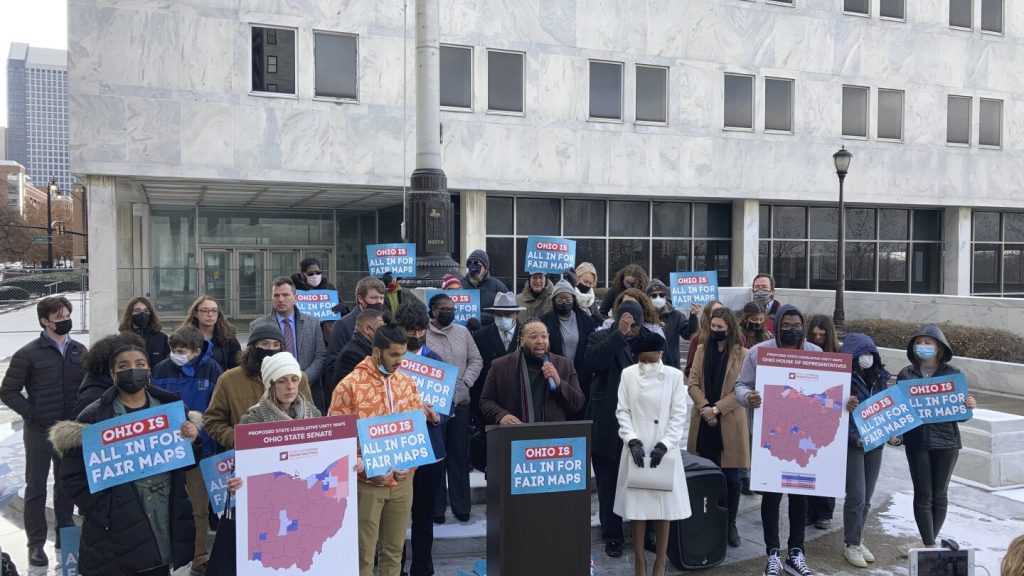The issue of gerrymandering in Ohio has caused significant controversy surrounding Issue 1, a statewide ballot initiative aimed at reforming the state’s political map drawing process. The campaign behind the amendment, Citizens Not Politicians, has emphasized that it seeks to end gerrymandering and establish a more fair and independent commission for redistricting. However, the language that voters will see on the ballots refers to the requirement of gerrymandering, leading to confusion among voters. The Republican-controlled Ohio Ballot Board played a crucial role in determining the language used to describe the amendment on the ballot.
Issue 1 emerged as a response to the unconstitutional gerrymandering of congressional and legislative maps in Ohio, which favored Republicans. The existing Ohio Redistricting Commission, comprised of elected officials and state lawmakers, has been criticized for creating maps that do not reflect the state’s political balance. Citizens Not Politicians advocates for replacing the current system with an independent commission made up of average citizens, excluding politicians, party officials, and lobbyists. The goal is to ensure a more impartial and fair process for drawing political maps in the state.
The campaign for Issue 1 has been focused on ending gerrymandering and placing citizens in charge of the redistricting process to ensure transparency and fairness. Recent election results have highlighted the impact of gerrymandered maps on the political landscape in Ohio, with Republicans maintaining significant majorities despite the state’s more balanced political breakdown. The proposed amendment includes guidelines to prevent partisan gerrymandering and favor a more equitable representation of political parties in the state.
Despite objections from Citizens Not Politicians, the Ohio Ballot Board approved language for the ballot that describes Issue 1 as requiring gerrymandering. This decision was met with criticism and legal action from the campaign, arguing that the language is biased, inaccurate, and deceptive. The Ohio Supreme Court intervened and required minor changes to the language but ultimately allowed the use of “gerrymander” to describe the amendment. The court’s ruling emphasized that the term gerrymander, while neutral, is applicable to the requirement of drawing district boundaries to give a political advantage to specific groups.
The debate over gerrymandering in Ohio has brought attention to the complexities of redistricting and the importance of fair representation in the political process. The disagreement over the language used to describe Issue 1 reflects broader concerns about partisan influence in mapmaking and the need for independent commissions to ensure a more balanced and democratic approach. As voters prepare to make their decision on the ballot, the issue of gerrymandering remains at the forefront of the debate over political reform in Ohio.


